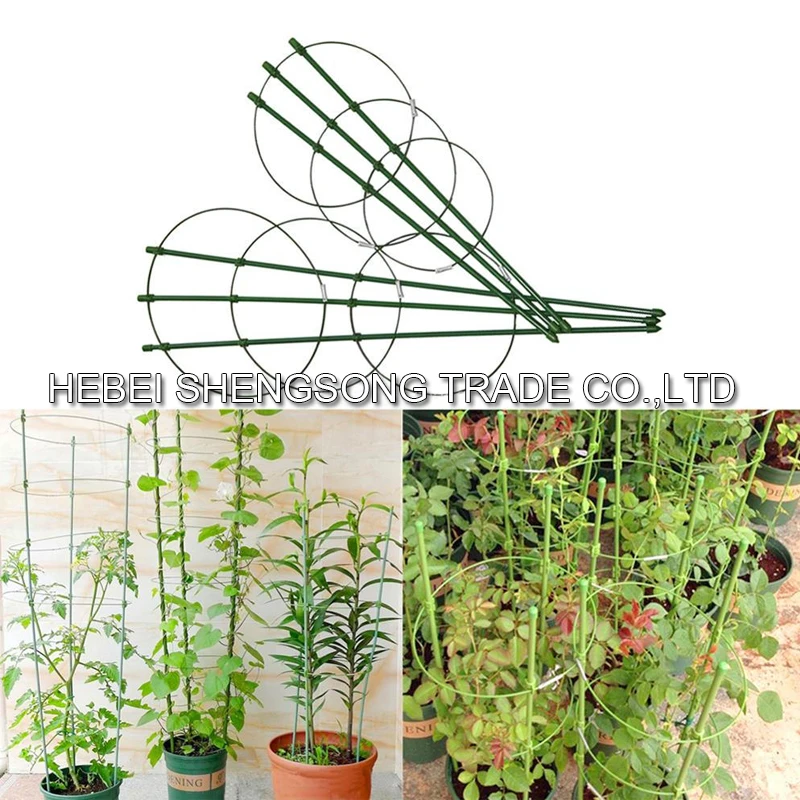Understanding Drywall Screws A Comprehensive Guide on How to Use Them Effectively
When it comes to constructing interior walls and ceilings, drywall is one of the most commonly used materials. However, drywall installation requires more than just the panels; it also demands the right type of fasteners. This is where drywall screws come into play. In this article, we will explore what drywall screws are, their types, and how to use them effectively during installation.
What Are Drywall Screws?
Drywall screws are specialized fasteners designed specifically for attaching drywall sheets to wood or metal framing. They are distinguished from regular screws by their unique thread patterns and sharp tips, which allow for easy penetration into drywall and the underlying structure. Typically made from steel with a black phosphate coating for corrosion resistance, drywall screws come in various lengths and gauges to accommodate different thicknesses of drywall.
Types of Drywall Screws
1. Coarse-Thread Screws These screws are ideal for fastening drywall to wooden studs. The coarse threads bite into the wood easily, securing the drywall firmly in place. They are generally longer than fine-thread screws, allowing deeper penetration into softwood.
2. Fine-Thread Screws If you are working with metal studs, fine-thread screws are the better option. Their tighter thread pattern grips thin metal sheets effectively, providing a strong hold without damaging the framework.
3. Self-Drilling Screws Designed with a sharp point, self-drilling screws allow for easy installation without requiring a pilot hole. These screws are particularly useful in situations where speed is essential.
4. Drywall Adhesive Screws These screws can be used in conjunction with drywall adhesive to enhance stability, reducing the likelihood of sagging.
How to Use Drywall Screws Effectively
drywall screw how to

1. Gather Your Tools Before starting, ensure you have a drill or screwdriver, a drywall knife, a tape measure, and, of course, the drywall screws. It’s essential to use the correct type of screw as per your framing material.
2. Measure and Cut Measure the area where you plan to install the drywall and cut the panels to the required size. The edges should be smooth for proper alignment.
3. Position the Drywall Lift the drywall panel and position it vertically against the studs. Make sure it's level and flush with the other panels. Temporary support may be needed if the drywall is large.
4. Start Screwing Begin by inserting screws at the edges of the drywall about 8 to 12 inches apart. Make sure the screws are driven straight and flush with the surface of the drywall. It’s crucial to avoid overdriving, which can cause the paper to tear and may weaken the panel.
5. Work Your Way In After securing the edges, move towards the center of the panel, placing screws about 12 to 16 inches apart.
6. Check Your Work Once you finish placing the screws, visually inspect the surface to ensure there are no popped screws and that everything is even. If you have any that are too deep, you may need to remove and reposition them.
7. Finishing Touches After securing all panels, you can proceed with taping, mudding, and sanding to create a smooth finish-ready for painting.
Conclusion
Using drywall screws correctly is essential for a successful drywall installation. By understanding the different types of screws available and following the right procedures, you can ensure a strong and durable finish. With practice and precision, your drywall project will not only be structurally sound but also aesthetically pleasing. Proper use of drywall screws can make all the difference in achieving a professional look in your interior spaces.

















